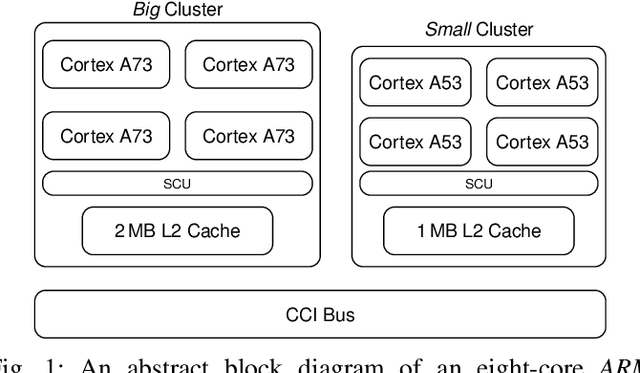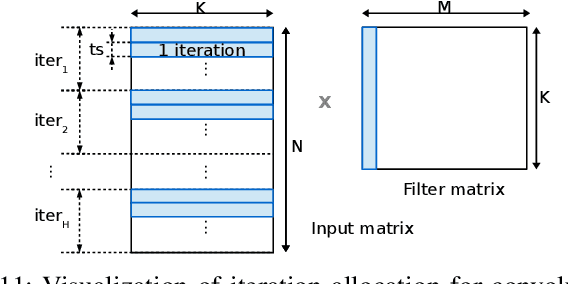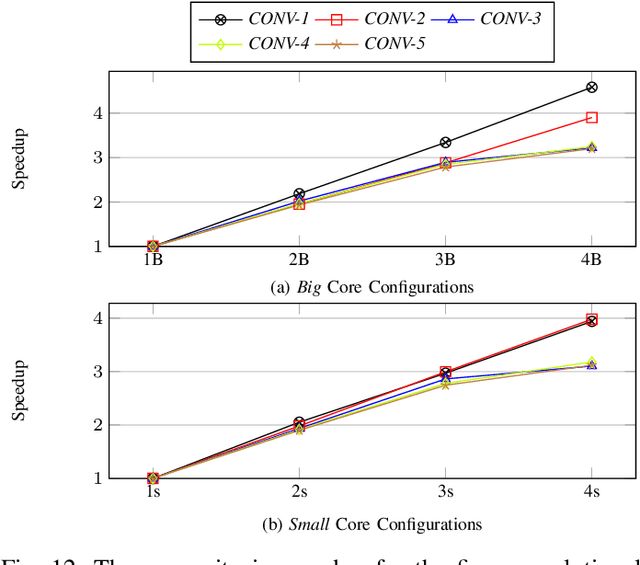Neeraj Goel
An End-to-End Framework for Dynamic Crime Profiling of Places
Nov 20, 2021



Abstract:Much effort is being made to ensure the safety of people. One of the main requirements of travellers and city administrators is to have knowledge of places that are more prone to criminal activities. To rate a place as a potential crime location, it needs the past crime history at that location. Such data is not easily available in the public domain, however, it floats around on the Internet in the form of newspaper and social media posts, in an unstructured manner though. Consequently, a large number of works are reported on extracting crime information from news articles, providing piecemeal solutions to the problem. This chapter complements these works by building an end-to-end framework for crime profiling of any given location/area. It customizes individual components of the framework and provides a Spatio-temporal integration of crime information. It develops an automated framework that crawls online news articles, analyzes them, and extracts relevant information to create a crime knowledge base that gets dynamically updated in real-time. The crime density can be easily visualized in the form of a heat map which is generated by the knowledge base. As a case study, it investigates 345448 news articles published by 6 daily English newspapers collected for approximately two years. Experimental results show that the crime profiling matches with the ratings calculated manually by various organizations.
High-Throughput CNN Inference on Embedded ARM big.LITTLE Multi-Core Processors
Mar 14, 2019



Abstract:IoT Edge intelligence requires Convolutional Neural Network (CNN) inference to take place in the edge device itself. ARM big.LITTLE architecture is at the heart of common commercial edge devices. It comprises of single-ISA heterogeneous multi-cores grouped in homogeneous clusters that enables performance and power trade-offs. However, high communication overhead involved in parallelization of computation from a convolution kernel across clusters is detrimental to throughput. We present an alternative framework called Pipe-it that employs a pipelined design to split the convolutional layers across clusters while limiting the parallelization of their respective kernels to the assigned clusters. We develop a performance prediction model that, from convolutional layer descriptors, predicts the execution time of each layer individually on all different core types and number of cores. Pipe-it then exploits the predictions to create a balanced pipeline using an efficient design space exploration algorithm. Pipe-it on average results in 39% higher throughput than the highest antecedent throughput.
 Add to Chrome
Add to Chrome Add to Firefox
Add to Firefox Add to Edge
Add to Edge